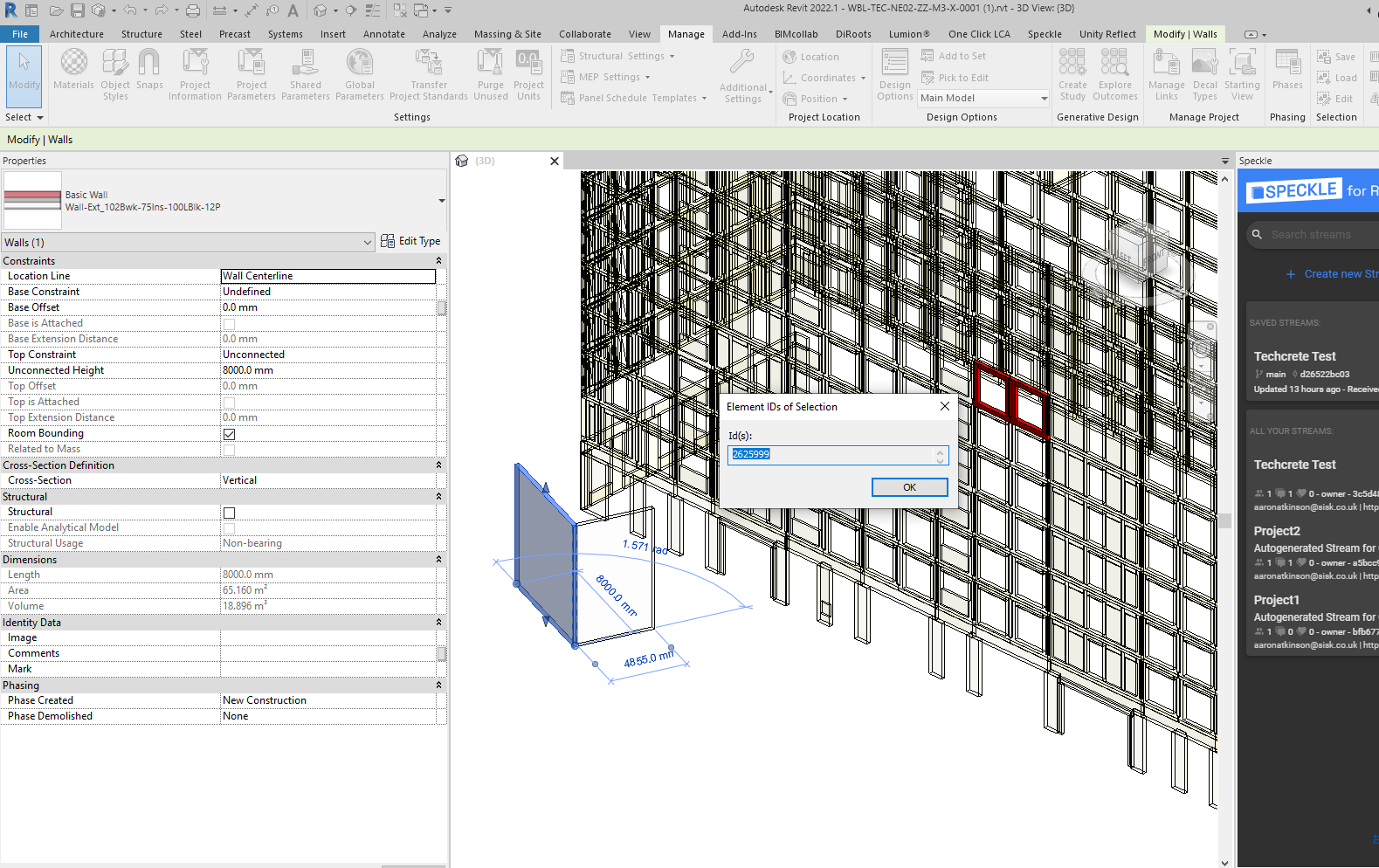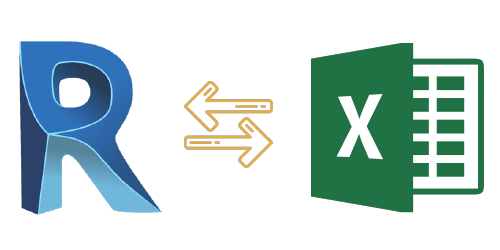Flawlessly Import Excel into Revit: Increase Your Efficiency
Wiki Article
Revit Excel Assimilation Demystified: Improving Workflows for Improved Task Coordination
Are you tired of fighting with inefficient task coordination and lengthy operations? Look no even more, due to the fact that Revit Excel Integration is below to demystify the process and simplify your projects. With this effective tool, you can improve project sychronisation and eliminate the problem of hands-on information entry. In this short article, we will certainly guide you through the relevance of Revit Excel Combination, show you just how to enhance workflows, and supply ideal practices for effective integration. Prepare to revolutionize your job control with ease.The Relevance of Revit Excel Integration
You require to comprehend the relevance of Revit Excel integration to successfully streamline your process and boost task coordination. The combination of Revit, an effective building information modeling (BIM) software program, with Excel, a commonly utilized spread sheet program, provides various advantages for engineers, engineers, and building specialists.

By integrating Revit with Excel, you can remove manual information access and decrease the threat of errors. This not just conserves time but likewise guarantees precision in your job documents. You can upgrade information in Excel, and it will automatically update in Revit, keeping consistency throughout your project.
Furthermore, Revit Excel integration boosts task coordination by allowing efficient cooperation amongst employee. With data synchronized in between Revit and Excel, every person can access one of the most up-to-date information and collaborate perfectly. This promotes smoother communication, reduces conflicts, and improves overall project performance.
Just How to Simplify Workflows With Revit Excel Assimilation
Maximize your process by perfectly connecting Revit and Excel to simplify your operations. By incorporating these two powerful devices, you can improve job coordination and boost performance in your work. With Revit Excel integration, you can conveniently move information in between the 2 systems, permitting seamless interaction and cooperation.

An additional advantage of Revit Excel assimilation is the ability to develop customized records and examine information better. With Excel's robust attributes, you can carry out innovative calculations, develop charts and charts, and produce extensive reports based upon the data from your Revit models. This enables you to make and get important understandings notified choices throughout the job.
Enhancing Task Sychronisation With Revit Excel Combination
By flawlessly linking your layout software application with powerful data evaluation tools, you can substantially improve the control of your projects. Revit Excel integration enables you to streamline your workflows and enhance task coordination by getting rid of hands-on information entry and minimizing mistakes. With this integration, you can easily transfer data in between Revit and Excel, making certain that all project info depends on day and precise.Among the key benefits of Revit Excel combination is the capacity to import and export data between both software program seamlessly. This implies that you can quickly import existing job information from Excel right into Revit, conserving you time and initiative in coming back information. Similarly, you can export project data from Revit to Excel, permitting you to execute innovative analysis and computations using the powerful features of Excel.
Furthermore, Revit Excel combination enables you to produce dynamic links in between the 2 software application (revit plugins). This means that any kind of modifications made in you could try these out Revit will automatically upgrade in Excel, and the other way around. This guarantees that all project stakeholders are collaborating with the most up-to-date details, enhancing project control and minimizing the risk of mistakes
Overcoming Obstacles in Revit Excel Combination
When overcoming obstacles in the combination of Revit and Excel, it is essential to make certain seamless information transfer and minimize errors. One usual challenge is the compatibility of information formats in between Revit and Excel. To tackle this, you can use plugins or add-ins that assist in the conversion of data from one style to another. These tools aid maintain the honesty of the data throughout the transfer procedure.Another challenge is the absence of synchronization between Revit and Excel. It's vital to establish a find clear process that guarantees both systems are updated in real-time. This can be accomplished by utilizing cloud-based partnership devices or establishing a system for routine information syncing.
Managing large datasets can additionally be problematic. Revit and Excel have various capacities when it pertains to handling big quantities of data. To overcome this difficulty, you can divide the information into smaller, workable pieces or make use of data filtering techniques to focus on certain locations of passion.
Lastly, human error can result in disparities in between Revit and Excel information. It is essential to educate staff member on the assimilation procedure and develop top quality control actions to capture any kind of mistakes. Routine audits and cross-checks can assist determine and correct any type of variances.
Finest Practices for Successful Revit Excel Integration
To ensure effective integration of Revit and Excel, it's essential to comply with some best methods that will certainly assist simplify your workflow and decrease errors. Furthermore, when connecting Excel data right into Revit, ensure that the data is tidy and totally free from any type of format concerns that could trigger mistakes.Another crucial technique is to consistently update your Excel data in Revit. This can be conveniently achieved by establishing a clear process for upgrading the connected data. Make it a practice to examine and upgrade the information at regular intervals, specifically when adjustments are made to the project. This will assist maintain your information accurate and up to date.

Final Thought
So, there you have it - revit Excel assimilation does not have to be a complicated job. By simplifying your workflows with this powerful combination, you can enhance project sychronisation and accomplish better performance. Bear in mind to get over any kind of obstacles that may arise and follow best methods for effective combination. With revit Excel combination demystified, you'll be well on your way to optimizing the capacity of these tools and taking your projects to brand-new elevations.You can export your Revit schedules to Excel, make changes or updates in Excel, and after that import the upgraded data back right into Revit with simply a few clicks. Revit Excel assimilation permits you to improve your workflows and boost job coordination by removing hands-on information entrance and decreasing mistakes. With this combination, you can easily move data in between Revit and Excel, making sure that all project details is up to date and exact.
You can export project information from Revit to Excel, enabling you to execute sophisticated analysis and computations using the effective features of Excel.
Furthermore, when linking Excel data right into Revit, make sure that the information look at this website is free and tidy from any formatting concerns that might create errors.
Report this wiki page